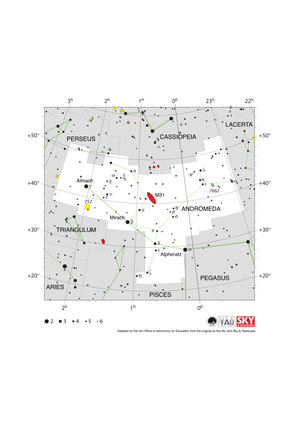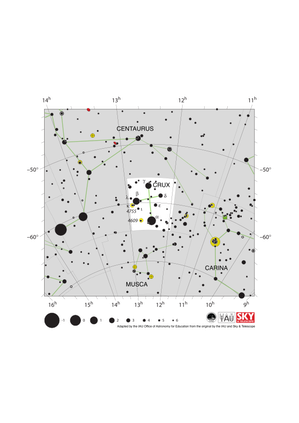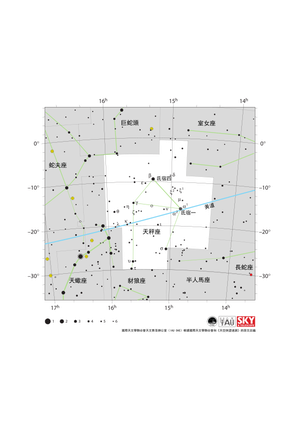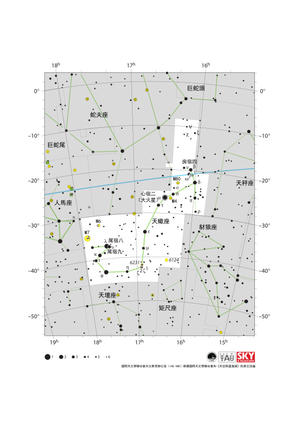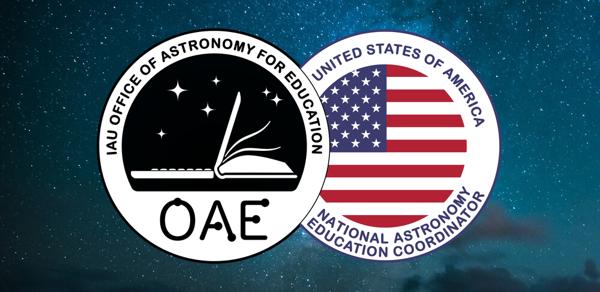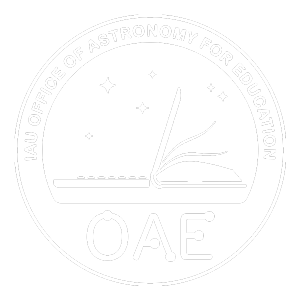Glossary term: 赤緯
Description: 在赤道坐標系中,赤緯是用來指定天體在天空中位置的兩個坐標之一。具體來說,赤緯是天體到天赤道的角距離,通常以度為單位:北天球的物體為正,南天球的物體為負。因此,赤緯類似於地球表面的地理緯度。天赤道大致相當於地球赤道在天球上的投影,但國際天體參考系(ICRS)等現代坐標系則不以地球為參照物,而是以天空中非常遙遠的天體位置為參照物來定義天赤道。
Related Terms:
See this term in other languages
Term and definition status: The original definition of this term in English have been approved by a research astronomer and a teacher The translation of this term and its definition is still awaiting approval
This is an automated transliteration of the simplified Chinese translation of this term
The OAE Multilingual Glossary is a project of the IAU Office of Astronomy for Education (OAE) in collaboration with the IAU Office of Astronomy Outreach (OAO). The terms and definitions were chosen, written and reviewed by a collective effort from the OAE, the OAE Centers and Nodes, the OAE National Astronomy Education Coordinators (NAECs) and other volunteers. You can find a full list of credits here. All glossary terms and their definitions are released under a Creative Commons CC BY-4.0 license and should be credited to "IAU OAE".
If you notice a factual or translation error in this glossary term or definition then please get in touch.
Related Diagrams
Andromeda Constellation Map
Credit: Adapted by the IAU Office of Astronomy for Education from the original by IAU/Sky & Telescope
License: CC-BY-4.0 Creative Commons 姓名標示 4.0 國際 (CC BY 4.0) icons
Crux Constellation Map
Credit: Adapted by the IAU Office of Astronomy for Education from the original by IAU/Sky & Telescope.
License: CC-BY-4.0 Creative Commons 姓名標示 4.0 國際 (CC BY 4.0) icons
獵戶座星圖
Credit: 由國際天文學聯合會天文教育辦公室根據國際天文學聯合會/《天空與望遠鏡》的原文改編
License: CC-BY-4.0 Creative Commons 姓名標示 4.0 國際 (CC BY 4.0) icons
天秤座星圖
Credit: 國際天文學聯合會天文教育辦公室(IAU OAE)根據國際天文學聯合會和《天空與望遠鏡》的原文改編
License: CC-BY-4.0 Creative Commons 姓名標示 4.0 國際 (CC BY 4.0) icons
天蠍座星圖
Credit: 國際天文學聯合會天文教育辦公室(IAU OAE)根據國際天文學聯合會和《天空與望遠鏡》的原文改編
License: CC-BY-4.0 Creative Commons 姓名標示 4.0 國際 (CC BY 4.0) icons
